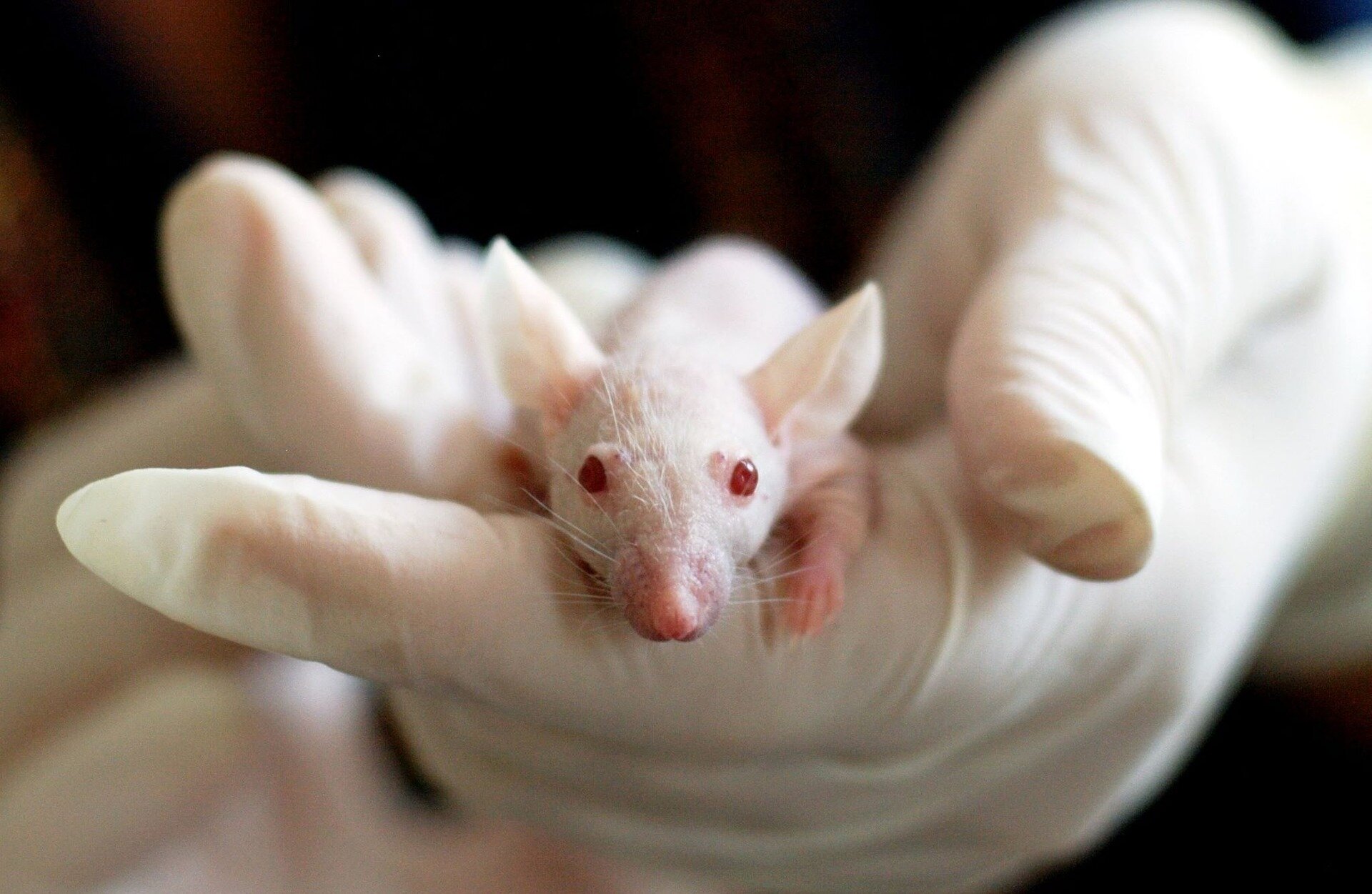Tracking genetically modified animals
Date: 1.9.2021
McGill University researchers have discovered a new way to track genetically modified animals using the artificial transgenes they leave behind in the environment. The discovery provides a powerful new tool to locate and manage genetically modified animals that have escaped or been released into the wild.
 Researchers show for the first time that artificial transgenes from a variety of genetically modified animals like fruit flies, mice, and tetra fish can be detected and sequenced from the DNA left behind in soil, water, and in the form of feces, urine, or saliva. These findings could be used, for example, to detect the transgenes of genetically modified mosquitoes from pools of standing water in areas where they were recently released.
Researchers show for the first time that artificial transgenes from a variety of genetically modified animals like fruit flies, mice, and tetra fish can be detected and sequenced from the DNA left behind in soil, water, and in the form of feces, urine, or saliva. These findings could be used, for example, to detect the transgenes of genetically modified mosquitoes from pools of standing water in areas where they were recently released.
Compared to traditional animal monitoring methods, environmental DNA (eDNA) has proven to be more accurate and efficient, requiring less time and lower costs.
"Until now no one had applied these environmental DNA methods to genetically modified animals, even though they are already in the wild," says Charles Xu, a PhD student in Department of Biology at McGill University. "Detection of animal transgenes from eDNA can be very useful because it can tell you whether genetically modified animals are there without the need to find them."























